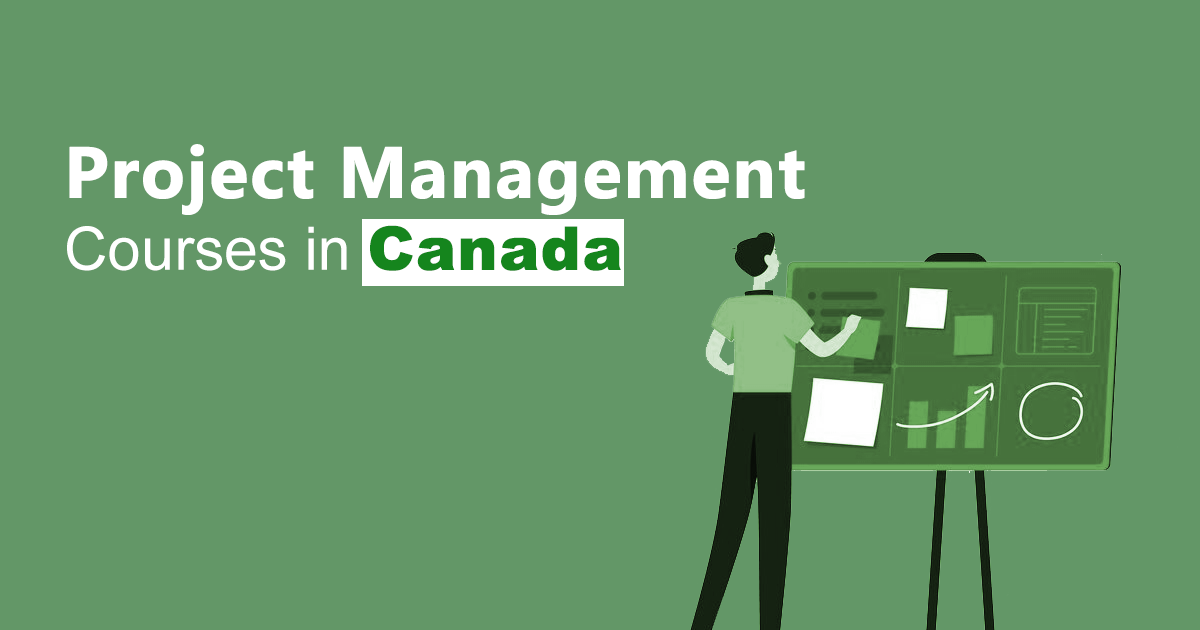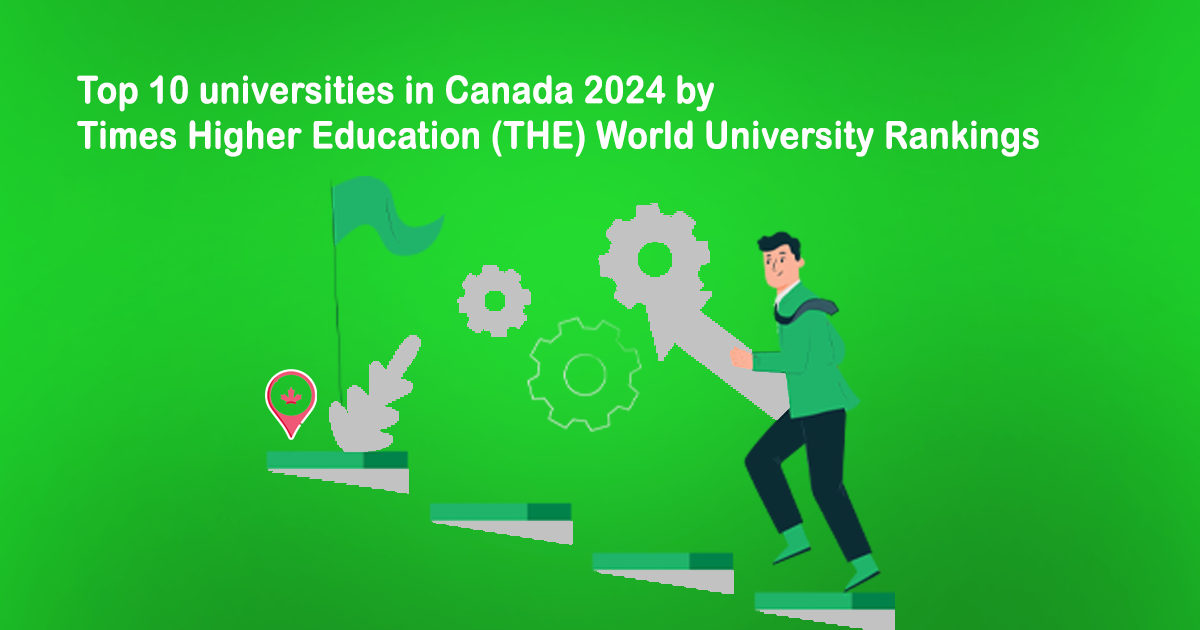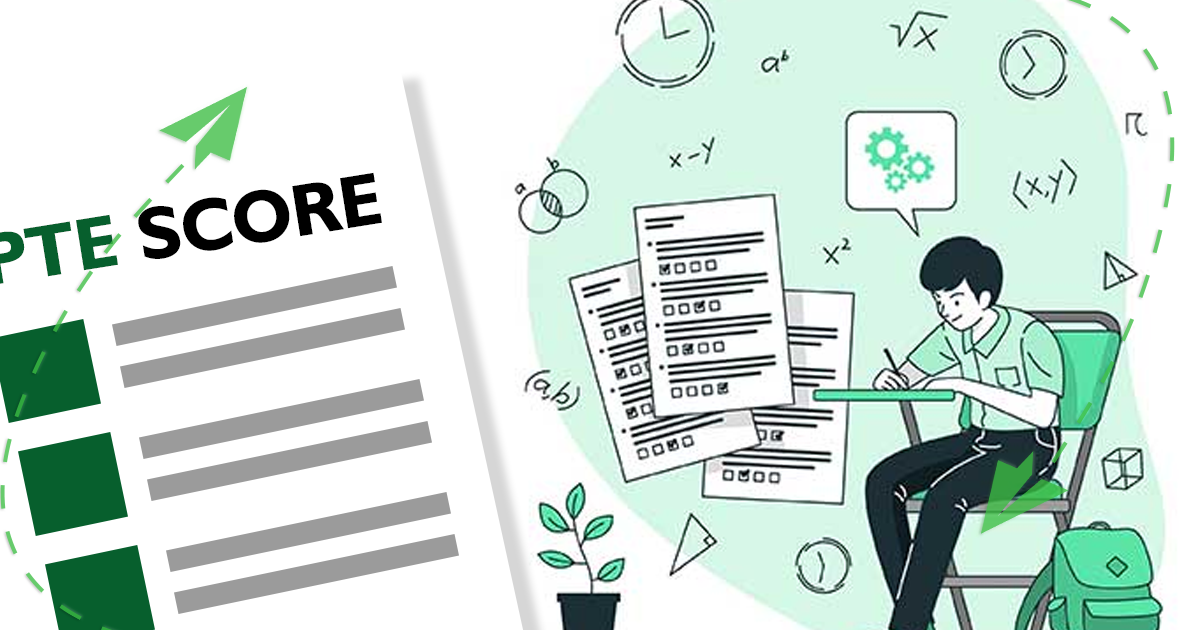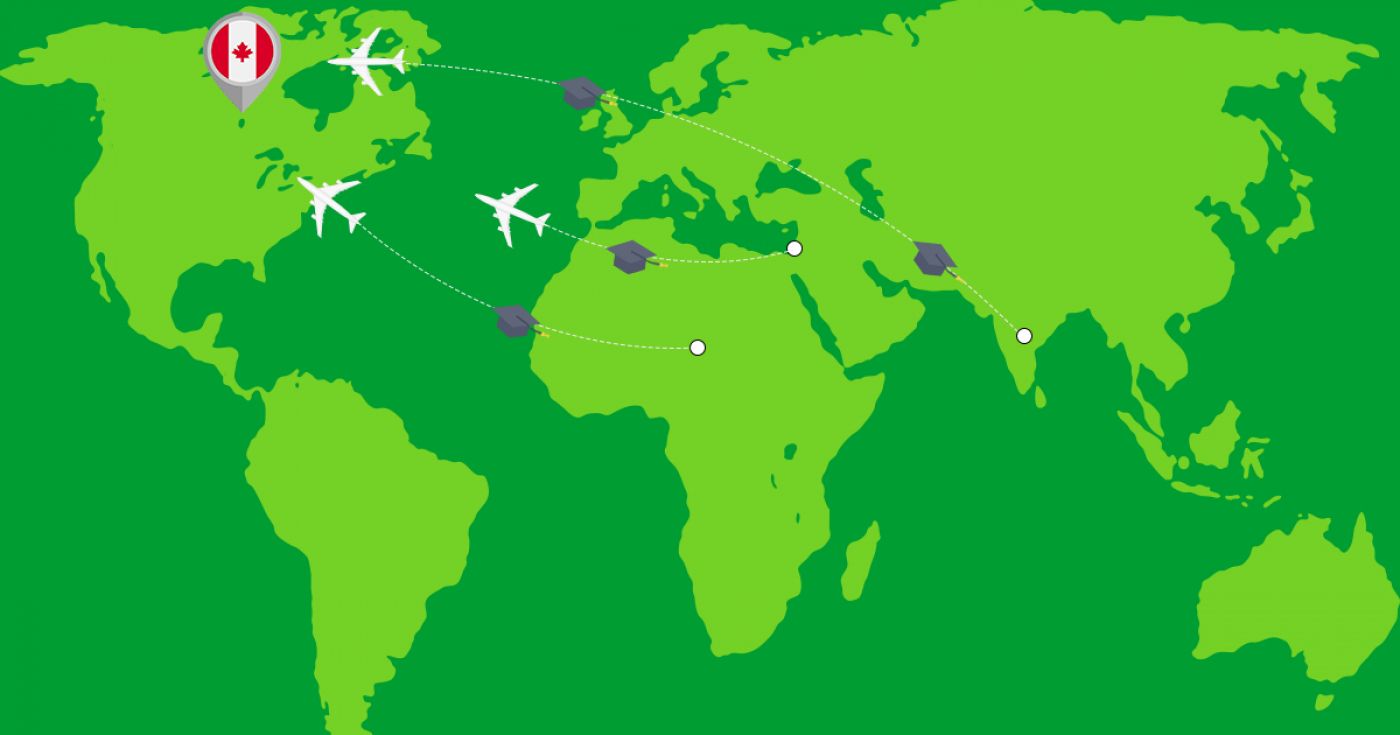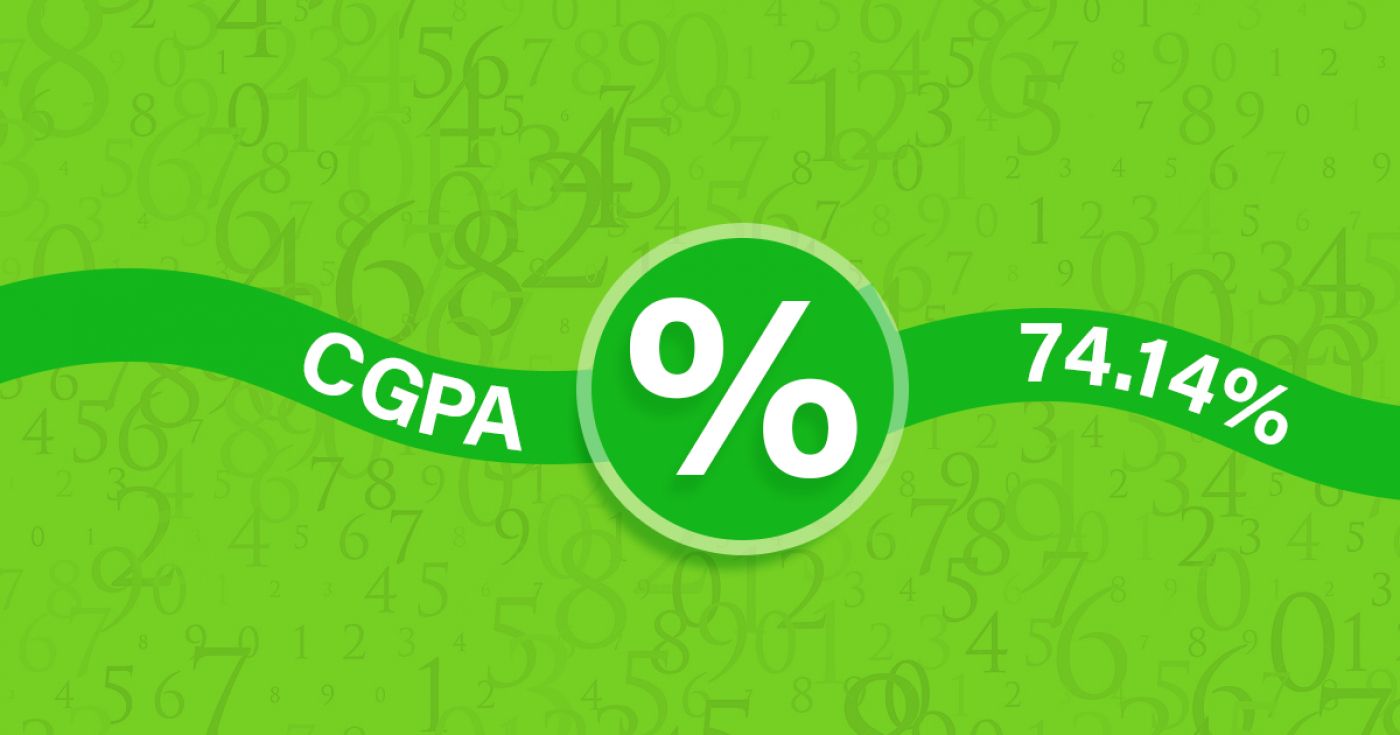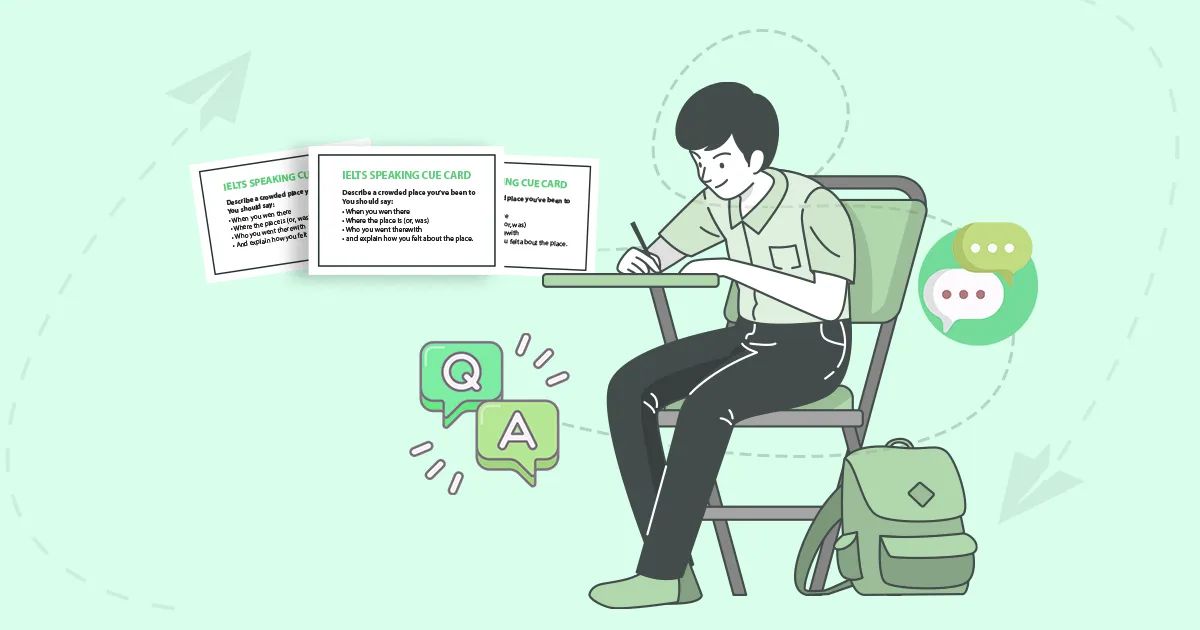Diploma in Visual and Digital Arts
at Humber College North Campus Canada
Overview
Humber’s Visual and Digital Arts diploma program offers you the opportunity to develop a well-rounded skillset applicable to a broad range of visual arts disciplines. At the Art Commons, Humber’s dedicated art facility, you will learn to effectively plan and produce visual material, and facilitate modes of interactive expression and communication.
Using state-of-the-art software and tools such as Adobe Photoshop and Illustrator, you will develop skills in painting, drawing, illustration, digital art, photography and installation art. While developing your artistic abilities, you will gain knowledge about anatomy, colour, composition, figurative expressions and art history. You will apply your abilities and learn to create traditional and experimental fine art projects. Throughout the program, you will participate in collaborative projects with your peers, gain the opportunity to exhibit your work in campus galleries, take part in installations and join in critiques. With its focus on experiential learning and critical thinking, this program is an excellent launching point for more advanced creative pursuits.
Learning Outcomes
Upon successful completion of the program, a graduate will:
- Produce creative life and representational drawings and paintings, illustrating volume, proportion, perspective, mass and texture with descriptive lighting.
- Create representational digital drawing, paintings and illustrations, using application software such as Photoshop, Illustrator and Painter.
- Assess the artistic merit of artwork using an analysis of the creative application of established principles of design and composition.
- Construct pictorial compositions using visual perspective to achieve accurate proportional relationships.
- Light compositions to reveal three-dimensional form.
- Create figurative pictorial compositions, using principles of human and comparative anatomy.
- Critique technical principles of composition in representational drawing, painting and illustration, through analysis of rendering.
- Prepare and present a traditional and creative art portfolio containing both original work and computer generated reproductions.
- Research and create reference materials to support successful completion of a work of art.
- Reproduce, with fidelity, colour as encountered in nature, mixing traditional and digital media.
- Develop a career plan and self-promotion skills suitable to the digital media industry, using materials such as a résumé, cover letter, contact list, e-portfolio.
- Develop and present a digital art project proposal and manage the project, using effective oral and written communications skills.
30
Application Processing Days
Under Graduate
Program Level
Fact & Figures
Full Time On Campus
Study Mode
24
Duration
Humber College North Campus
Location
Diploma in Visual and Digital Arts Assistant Fee
$16414
Tuition Fee
$12000
Average Cost of Living
$75
Application Fee
Diploma in Visual and Digital Arts Admissions Requirements
- Minimum Level of Education Required: To be accepted into this program, applicants must have Grade 12 / High School Diploma or equivalent including the following required course(s):
- Grade 12 English (ENG4C or ENG4U or equivalent)
- Three Grade 11 or Grade 12 C, M or U courses in addition to those listed above

Get superfast admissions at top Diploma in Visual and Digital Arts institutes in 2024
Benefits of choosing
➤Admission’s guaranteed at Top institutes across the world.
➤Enjoy exclusive application fee waiver’s with Edmissions.
➤Unlimited FREE Counselling sessions with Edmission’s
Experts
➤Get Tips from industry veterans to crack the IELTS exam in 1
week.
➤Assistance with scholarships, loans, forex, student accommodation and visa guidance.
Work Permit Canada
Students who wish to work in Canada require a work permit to do so. A student in Canada can work part-time during the course of his studies and full-time during holidays and semester breaks and post the completion of their course/program.
Rules for getting a part-time work visa in Canada
You can also work part-time on campus at your university.
Work Permit
Duration
Your part-time work permit will be valid for as long as you have a valid study permit.
Working Hours
20 Hours/Week
As a full-time student, you can work for a maximum of 20 hours a week. However, you can work full- time during holidays and breaks.
Document Required to Work in Canada
List
To apply for a work permit, you will need a study permit that mentions that you are allowed to work part-time on campus.
Social Insurance Number
Study Permit
You will need a Social Insurance Number (SIN) to Service Canada. if you wish to work in Canada during the course of your studies. To apply for the same, you need a valid study permit, and you should be a full- time student at a recognized university.

You can work part-time off-campus if you are studying in the Quebec province.
Duration of Work Permit Canada
Your part-time work permit will be valid for as long as you have a valid study permit.
Work Hours Canada
As a full-time student, you can work for a maximum of 20 hours a week. However, you can work full- time during holidays and breaks.
Document Required to Work in Canada
To apply for a work permit, you will need a study permit that mentions that you are allowed to work part-time on campus.
Social Insurance Number
You will need a Social Insurance Number (SIN) to Service Canada if you wish to work in Canada during the course of your studies. To apply for the same, you need a valid study permit, and you should be a full- time student at a recognized university.
Working after completing your course
In Canada, you will need a work permit to get a full-time job in Canada after finishing your studies. You chose a work permit like the Post-Graduation Work Permit (PGWP) if you wish to stay back in Canada and work full-time.
Visit Government of Canada Website for more detail
Post-Graduation Work Permit (PGWP)
The Post- Graduation Work Permit (PGWP) allows you to work for three years in Canada if you have completed a two years degree or more.
Application
how can i apply
You can either apply online or download the form and mail the application along with the required documents. Pay your fee and then wait for the decision to come.
Application Documents Required
List
To apply for the work visa, you need a degree from a recognized and accredited Canadian University along with an intention to stay and work in Canada only temporarily.
When to Apply?
One can apply for the full-time work permit in the first three months post the completion of their course during which the study permit is still valid.
How long does it take?
90 days
You will have to wait for 90 days for the decision on your work permit.
Duration
3 Years
The work permit is valid for 3 years if you have completed a two years degree program or more.
Fees
CAD 255
The fee for the work permit is CAD 255 plus the holder fee and the work permit processing fee.
Monthly Wages
CAD 1,600
An applicant is guaranteed a minimum salary of CAD 1,600 per month while working in Canada. This amount though varies on the job and the province you are working in.
Work Hours Canada
No Limit
There is no maximum limit, and you can work for as many hours as you want on the full-time work permit.

Required Documents
List
To apply for the work visa, you will need the following documents:
- Forms: IMM 5710, IMM 5476 and IMM 5475;
- Graduation Proof
- Proof of payment of work permit fees
- Copies of your travel and identification documents, passport pages and current immigration document.
Till a decision is made on your work visa, you can continue to work full time. All you need to have is your completed degree, should have applied for the permit before the expiry of your study permit and you should be allowed to work off-campus.
Information
Disclaimer
The information provided about the work permit is true and complete to the best of our knowledge. All recommendations are made without any guarantee on the part of the author or the publisher. The author and the publisher, therefore, disclaim any liability in connection to and with the use of this information.
Detailed Program and Facts
30
Application Processing Days
Full Time On Campus
Program Intensity
Under Graduate
Program Level
24
Duration
Study Visa
Student Visa For Canada
Any student who wishes to study in Canada requires a student visa. Some of the essential information for the application process is given below.
When Should I Apply?
4 to 6 months
Ideally, one should apply for the study permit at least 4 to 6 months before the commencement of your course/program.
Bank Account
No Need!
There is no need for a blocked bank account to apply for a student visa to Canada.
Duration of visa
Course Duration + 3 Months
The student visa is valid for the entire period of your course plus three months.
Time to Wait for Visa
35 Days
It takes time. It might take up to 35 days post your interview for the application process to complete and for you to finally receive your visa.
Appointment
Required
It varies from applicant to applicant, but one may have to take part in one or two visa appointments, namely a medical examination and a visa interview.
How you can apply
Application Process
An applicant can either apply online or offline by visiting a visa application centre and submitting their documents. After the analysis of your application, you might be called for an interview.
Fee
Visa Fee
The visa application fee for Canada is CAD 150.
Minimum Funds
833 CAD, 917 CAD
You require a minimum monthly amount to be deposited into your account to prove that you can sustain yourself while studying in Canada. If you are studying in Quebec, you need to have a monthly minimum of CAD 917, and if you are studying in a province except for Quebec, you need to have a minimum of CAD 833 per month.
Any other expenses
Required
You will have to pay a medical examination fee and a visa application service fee to the tune of CAD 15 if you visit a visa application centre to apply for your visa.

Medical Examination
Required
One has to undergo a series of medical examinations to be deemed fit for a student visa of Canada. The tests mostly include blood and urine tests, chest x-rays and other organ checkups.
Language Skills
Not Required
one doesn’t need to prove their language skills in applying for a Canadian Visa.
Disclaimer: The information provided about the work permit is true and complete to the best of our knowledge. All recommendations are made without any guarantee on the part of the author or the publisher. The author and the publisher, therefore, disclaim any liability in connection to and with the use of this information.
Other Courses by Humber College North Campus,Canada
Business & Management
Advanced Diploma in Business Administration - Accounting (Co-op Optional)
Humber’s Business Administration – Accounting advanced diploma program covers a number of areas including accounting theory, procedures and best practices. Detailed instruction is provided in bookkeeping, auditing, taxation, business law, information systems, finance and management. You’ll gain hands-on experience in industry-standard software such as Profile (personal and corporate tax), Access, Excel, SAGE 50 Accounting (formerly known as Simply Accounting) and Accpac Plus in our Accounting Centre. Learn the inner workings of the accounting field from expert faculty who will teach you key concepts in accounting and taxation related to buying, selling, financing and investing transactions.
36 month
Duration
$ 16394
Tuition
Hospitality, Tourism, Wellness Leisure & Sports
Certificate of Culinary Skills
From the business side of hospitality, to à la carte cuisine, Humber’s Culinary Skills certificate program prepares you for a career as a professional chef. Gain theoretical and practical skills while learning in cutting-edge labs and real-world settings with the latest kitchen technology and equipment.
Many graduates of this one-year program continue on for another year and complete the Culinary Management diploma program or enter our Cook Apprenticeship program.
Students also have the opportunity to experience preparing meals on the Humber Food Truck, Humber’s classroom on wheels. A fast-track program is implemented for the January start. The first semester (January to April) is immediately followed by the second semester (May to August).
The curriculum for this program is similar to the first year of the Culinary Management program. This allows students to transition into the Culinary Management program after the first semester or at the end of the second semester with bridging courses. Alternatively, students are able to move into the Cook Apprenticeship program providing they have an eligible employer.
12 month
Duration
$ 16394
Tuition
Hospitality, Tourism, Wellness Leisure & Sports
Diploma in Hospitality - Event Management
Humber’s Hospitality - Event Management diploma program offers you the knowledge, practical experience, industry exposure and professional certification necessary to embark on an exciting and successful career as an event planning professional.
Our program provides comprehensive learning and training opportunities aimed at assisting students prepare for and transition to valued positions in the event industry including:
- On-site event management experience
- Guest lectures from industry professionals
- Field trips to local events and elite GTA event venues
- Networking at industry conferences
- Case studies to broaden knowledge of planning events locally, nationally and internationally
In the first semester of the program, you get immediate experience on campus working at a high profile event. And for the next two years, you will be thoroughly immersed in the world of special events via networking, volunteering and event execution opportunities. Students will be working in The Humber Room restaurant live lab for a full semester. Essential skills will be taught to prepare students for many different types of events.
Work Placement
Work experience is integral to developing a diverse and successful career in the event management profession. In this program, you will participate in a comprehensive seven-week work placement experience (280 hours) in your final semester before graduation. While on work placement, you will apply the knowledge and skills you have learned in the classroom to real event work in the field, network, and develop professional connections and relationships you will carry with you throughout your career.
24 month
Duration
$ 16414
Tuition
Engineering & Technology
Advanced Diploma in Electrical Engineering Technology Control System (Co-op Optional)
Humber’s Electrical Engineering Technology – Control Systems advanced diploma program blends in-class, academic learning with hands-on laboratory work to prepare you for a career in electrical power and control systems engineering. In the third year of this program, you’ll learn advanced skills for a thorough academic and practical approach to the control of electrical equipment and industrial process instrumentation in automated manufacturing, processing, power systems and utilities industries.
Our curriculum, designed in collaboration with industry, focuses on programming software, feed-back control system and motor control, instrumentation and programmable logic controllers (PLCs), power electronics, power generation, transmission and distribution, power system design, human machine interface (HMI) design, and supervisory control and data acquisition (SCADA). Superior mathematics, physics and critical thinking skills will be es
Humber’s Electrical Engineering Technology – Control Systems advanced diploma program is designed in collaboration with an industry advisory panel ensuring you learn fundamental concepts and experience the latest technologies in this field. The program blends classroom theory with laboratory work on subjects such as electric devices, circuits, digital fundamentals, power generation and distribution, electrical computer-aided design (CAD), electrical codes, programming PLCs and industrial communications.
During the third year of this program, you’ll learn advanced skills to design, operate and maintain electrical equipment and instruments in automated manufacturing, environmental and power systems.
Our curriculum focuses on programming software, feed-back control systems, motor control, instrumentation, programmable logic controllers (PLCs), power electronics, power generation, transmission, distribution, power system design, human machine interface (HMI), and Supervisory Control and Data Acquisition (SCADA).
The program builds upon the solid technical foundation of our diploma program, providing broader career options. The skills learned in this program are enhanced through project-based learning in a hands-on teaching and learning environment.
Optional Co-op
This program offers an optional co-op opportunity. Co-op work terms enable you to apply your skills and knowledge in a work environment and gain valuable and practical experience related to your program of study. You will improve personal and technical skills while expanding your professional network.
For students who are accepted into the program, three co-op work terms will take place. The first four-month work term is between Semesters 2 and 3, and then two consecutive four-month work terms occur between Semesters 4 and 5. While co-op work opportunities are not guaranteed, participating students will receive a wide range of services to help them find a co-op placement.
sential to your success. The program builds upon the solid technical foundation of our technician program, ensuring wider career options. The skills learned in the technical program are enhanced through project-based learning and increased hands-on practice in the labs.
36 month
Duration
$ 17608
Tuition
Health Sciences, Nursing and Emergency Services
Certificate in Pre-Health Sciences Pathway to Advanced Diplomas and Degrees
This is one of the few Pre-Health Pathway programs with real science lab experience with no prior lab experience/studies necessary. There are a multitude of careers in health sciences, and this program is a pathway to explore your options. You will strengthen your science, writing and math skills, and explore career paths in biotechnology, pharmacy technician, registered or practical nursing, Chinese medicine, paramedicine and more.
This program will enable you to:
- Experience learning in a science lab
- Participate in lab teams and conduct science experiments – starting in your first semester
- Build your foundational skills in math, critical thinking, problem solving – key skills for every career in the health sciences
- Gain science credits in Biology, Anatomy, Chemistry, Physics and more
- Hone your academic skills for future studies
- Explore many possible careers in health sciences with guest speakers and pathways events
- You will learn to analyze personal and professional situations from various perspectives to help develop a sense of personal and social responsibility as a citizen and allied health professional.
12 month
Duration
$ 16414
Tuition
Journalism & Media
Diploma in Broadcast Television Videography
Humber’s Broadcast Television/Videography (BRTV) diploma program will quickly prepare you for media content creation in operational and production roles. An intensive, behind-the-scenes look at broadcasting will give you a solid grounding in video production skills and broadcast standards. This program is an excellent starting point for anyone who wants to work behind the scenes in television production and features a wide variety of courses, as well as field experience opportunities, empowering graduates for success in the broadcast industry.
You will learn about:
- live studio and live remote broadcasting
- single camera location shooting
- video editing and audio mixing
- writing, planning and producing content
Your hands-on broadcasting education will be enriched by access to Humber’s high-definition television mobile truck—the most advanced of its kind among Ontario colleges. This compact, 35-foot television facility features state-of-the-art broadcast equipment including the latest cameras, video production switcher, digital recording system, broadcast graphics software and editing facilities.
Humber has a strong reputation in the television broadcasting industry.BRTV students regularly produce and live stream Humber Hawks varsity games and esport tournaments. BRTV students have also worked with Maple Leaf Sports and Entertainment (MLSE) on National Lacrosse League games and with Double Black Diamond Productions on internationally broadcast FIS World Cup events.
Note: the January 2020 program start will offer a hybrid curriculum for Semesters 1 and 2. A hybrid curriculum is a blend of face-to-face and online. Semester 2 will be offered from May to August. Semesters 3 and 4 (September to April) will be comprised of face-to-face class time.
24 month
Duration
$ 16394
Tuition
Health Sciences, Nursing and Emergency Services
Certificate in Personal Support Worker
Humber’s Personal Support Worker certificate program gives you the skills you need for a career in this in-demand health-care field. Begin a rewarding career helping people in need such as the elderly, the chronically ill and people with physical disabilities.
The program is designed in collaboration with industry, ensuring you are learning current and relevant material. In this program, you will learn:
- The developmental stages across the lifespan, and the communication and interpersonal skills needed for effective client relationships
- The essentials of providing personal care, applying mobility techniques (lifting and transferring clients), and household management and safety
- Key issues of mental health disorders
- Skills in dealing with common medical conditions including facilitating rehabilitation exercises and assisting with medications
Through assisting individuals at a long-term care facility and in other settings, you will learn to recognize the physical and emotional changes of aging and illness, and become familiar with the restorative techniques used to maximize independence.
Work Placement
- Two unpaid work placements take place in Toronto and the Greater Toronto Area (GTA). In Semester 1, the practicum is completed in a controlled lab environment for six hours per week. This practicum is fully supervised by one instructor per group of approximately ten students. In Semester 2, the practicum is completed at a variety of agencies and facilities.
- The Semester 2 practicum is divided into two rotations over the 13 weeks: 160 hours in a long-term care facility and 120 hours in a community agency. Hours and number of days per week vary depending on the type of facility and shifts assigned; most range from seven to eight hours per day or evening. Students begin placement in the first week of January.
- Placements give you valuable first-hand experience which will serve you well when beginning your career.
12 month
Duration
$ 16414
Tuition
Education & Training
Diploma in Early Childhood Education
Humber’s Early Childhood Education (ECE) diploma prepares you to work with children (birth to 12 years) and their families. Students can expect to attain and exceed the practice-ready knowledge, skills and attitudes employers are seeking from ECE graduates in supporting children, families and the community by engaging in innovative learning and simulation experiences. These experiences take place within Humber's Carol Reid Early Childhood Education Lab, as well as within the Humber Child Development Centre - interacting with our scenic arboretum and nature-inspired playground and exploring responsive inclusive teaching methods and leading edge curriculum.
You will learn about:
- How children learn
- The importance of responsive relationships
- The image of the child and the significance of viewing children from a wide variety of lenses
- How to create responsive, inclusive play-based learning environments and natural play spaces for children, families and the community
- Human development
- Observation and reflection, and the preparation of pedagogical documentation by children, families and the community
- Social justice, advocacy, leadership and the role of the ECE professional
- The importance of collaborating with relevant community agencies
- How ministry and government legislation and guidelines inform practice
The Humber Advantage
Humber’s Early Childhood Education diploma program is a recognized leader in preparing registered early childhood educators who see themselves as global citizens. Students and graduates advocate for the holistic health and well-being of all children, supported by a connection to nature and a stand for social justice.
Global Citizens and Social Justice
- We provide our students with:
- Experiences and resources that reflect and promote diversity and inclusion
- Opportunities to develop an understanding and appreciation of all nations and cultures, and a commitment to contributing to the global community
- Ongoing initiatives guided by the United Nations Declaration on the Rights of Indigenous Peoples as outlined in the Calls to Action of the Truth and Reconciliation Commission of Canada, in consultation with Humber’s Aboriginal Resource Centre.
Work Placement
- We believe it is necessary for our students to have extensive experience in the profession in order to be successful as registered early childhood educators. Students can expect to have work placement experiences within the program and will be required to complete approximately 450-600 work placement hours over three semesters. During these three semesters, students may have field practicums such as working with families and children (various age groups) in licensed child care or preschool settings, EarlyON Child and Family Centres, various community programs, full day kindergarten, or home based child care programs. A different placement for Semesters 2, 3, and 4 ensures a range of experiences prior to graduation and equips students with a range of networks within the community to explore employment in the future.
- In the ECE program, Field Practicum 1 and Field Seminar 1 begin in Semester 2. Students should plan to complete their prerequisite requirements accordingly. Visit the Work-Integrated Learning web pages > to learn more about placements and requirements.
24 month
Duration
$ 16414
Tuition
Hospitality, Tourism, Wellness Leisure & Sports
Diploma in Hospitality - Hotel and Restaurant Operations Management
Are you interested in a career that can take you around the world, offering a fast-paced and thrilling environment where you can share your passion for people and incredible service? Then the hospitality industry is for you.
Humber’s Hospitality - Hotel and Restaurant Operations Management diploma program is a leader in hospitality management training. You will develop your business management skills via hands-on learning, theoretical classes and practical labs led by industry experts.
- Enhance your resumé with industry certifications such as service excellence, food safety, responsible alcohol beverage service, and wine and beer knowledge
- Learn state-of-the-art software applications including Silverware, the leading restaurant point-of-sale system and Opera, the premier hotel management system software
- Embark on a 12-week industry placement providing you with on-the-job experience and industry contacts
- Gain valuable instruction and guidance from faculty with extensive industry experience in concepts such as marketing and sales, leadership management, and sustainability
Note:- A fast-track program is implemented for the January start. The first semester (January to April) is immediately followed by the second semester (May to July), resulting in a shorter summer break. The third semester begins in September, allowing students to complete the two-year program in just 16 months.
Work Placement
In fourth semester, students participate in a work placement with a hospitality organization. Our internship co-ordinator provides direction and assistance for each student in securing a placement.
Industry partners who often provide work placements include:
- Cara Operations
- Fairmont Hotels
- Four Seasons Hotels
- Hilton Hotels
- Marriott Hotels
- Oliver & Bonacini Restaurants
- Sir Corp
- Starwood Hotels
24 month
Duration
$ 16414
Tuition
Journalism & Media
Graduate Certificate in Post-Production
Humber’s Post-Production graduate certificate program will develop the technological skills, creative and critical abilities you will need to thrive in the post-production industry. You will gain a firm grounding in industry-standard, non-linear video editing software. Through lectures and hands-on work, you will learn the fundamentals of the technical and aesthetic creation of digital media content and get the opportunity to specialize and target specific post-production skills to maximize your marketability in a competitive industry.
You will learn how to collaborate with other departments in the production chain, and how to develop efficient broadcast standard workflows. You will be introduced to the theory and practice of picture and sound editing/mixing, VFX and motion graphics creation, and you will learn how to make professional contacts, engage with employers and guilds, and the basic business skills you will need as a freelancer. You will study the fundamentals of branding and graphic design and produce a marketable portfolio website.
With technology as its main focus, your sound, picture, and visual effects compositing skills will enable you to create content to the industry standards required in the competitive media environment.
Learning Outcomes
Upon successful completion of the program, a graduate will:
- Prepare detailed post-production budgets using Movie Magic Budgeting programs.
- Evaluate documentaries, narrative films, TV series and music videos for creative features and technical aspects.
- Prepare and integrate 2-D and 3-D graphic and animation footage using post-production applications.
- Manage the editing process using an Edit Decision List.
- Complete picture editing projects using non-linear editing suites within specified time frames and budgets.
- Complete audio editing projects using non-linear editing suites within specified time frames and budgets.
- Design and build a network system for post-production applications.
- Manage post-production teams.
- Manage post-production projects.
- Distribute interactive content produced through the Web and DVD.
- Compile a portfolio of creative work for presentations to funding agencies and post-production facilities in order to secure employment.
Work Placement
- This program includes a mandatory work placement. We work with you to find a suitable placement in your chosen field of specialization, allowing you to apply the skills you’ve learned in a professional environment. Placements will take place in post-production houses and media companies in Toronto. Work placements are typically unpaid but provide you with the opportunity to further your knowledge in your chosen field and begin to build your resumé and network of professional contacts.
12 month
Duration
$ 29125
Tuition
View All Courses by Humber College North Campus, Canada
Top Study Abroad Exams
Popular Universities to Study Abroad
- University of Waterloo
Waterloo
- University Canada West
Vancouver
- University of Windsor
Windsor
- Cape Breton University
Sydney
- Dalhusie University
Halifax
- Carleton University
Ottawa
- University of Ottawa
Ottawa
- University of Guelph
Guelph
- Explore more colleges in Canada
- University of New Haven
West Haven
- Kent State University
Kent
- Wright State University
Dayon
- San Jose State University
West Haven
- Clark University
Worcester
- Rowan University
Glassboro
- Golden Gate University
San Francisco
- Arkansas
San Francisco
- Explore more colleges in USA
- Coventry University
Coventry
- University of Birminghame
Birminghame
- De Montfort University
Leicester
- Cardiff University
Cardiff
- BPP University
London
- University of West London
London
- University of Nottingham
Nottingham
- University of Warwick
Coventry
- Explore more colleges in UK
- Auckland Institute Of Studies
Auckland
- Massey University - Auckland Campus
Albany
- Eastern Institute of Technology - Auckland Campus
Auckland
- NorthTec - Auckland Campus
Auckland
- Massey University - Manawatu Campus
Palmerston North
- University of West London
London
- Wellington Institute of Technology (WelTec) - Petone Campus
Lower Hutt
- Otago Polytechnic - Dunedin Campus
Dunedin
- Explore more colleges in New Zealand
- Chandigarh University
Mohali
- Parul University
Vadodara
- Sharda University
Greater Noida
- Jain University
Bangalore
- Bennett University
Greater Noida
- Lovely Professional University
Phagwara
- Chitkara University
Rajpura
- Brainware University
Kolkata
- Explore more colleges in India
- Abu Dhabi University
Abu Dhabi
- Gulf Medical University
Ajman
- New York University
Abu Dhabi
- Emirates Aviation University
Dubai
- Higher Colleges of Technology
Dubai
- British University in Dubai
Dubai
- Al Ghurair University
Dubai
- American University in the Emirates
Dubai
- Rochester Institute Of Technology Dubai
Dubai
- Emirates Academy of Hospitality Management
Dubai
- American University of Ras Al Khaimah
Ras Al Khaimah
- Explore more colleges in UAE
- Ras Al Khaimah Medical and Health Sciences University
Ras Al Khaimah
Explore Colleges and Courses in Canada
- Arts & Humanities in canada
- Business & Management in canada
- Natural Sciences & Mathematics in canada
- Engineering & Technology in canada
- Computer Science & IT in canada
- Health Sciences, Nursing and Emergency Services in canada
- Social Sciences in canada
- Creative Arts & Design in canada
- Hospitality, Tourism, Wellness Leisure & Sports in canada
- Environmental Studies & Earth Sciences in canada
Latest Blog Posts
Trending Blog Posts
Search, Shortlist, Apply and get accepted! It’s that Simple to pursue your dream to Study abroad with Edmissions. Our team of experts provide you the right guidance that helps you to take admission in your dream college in countries like Canada, the USA, the UK
© 2021-2024 Edmissions - All rights reserved.
TALK TO OUR EXPERTS
